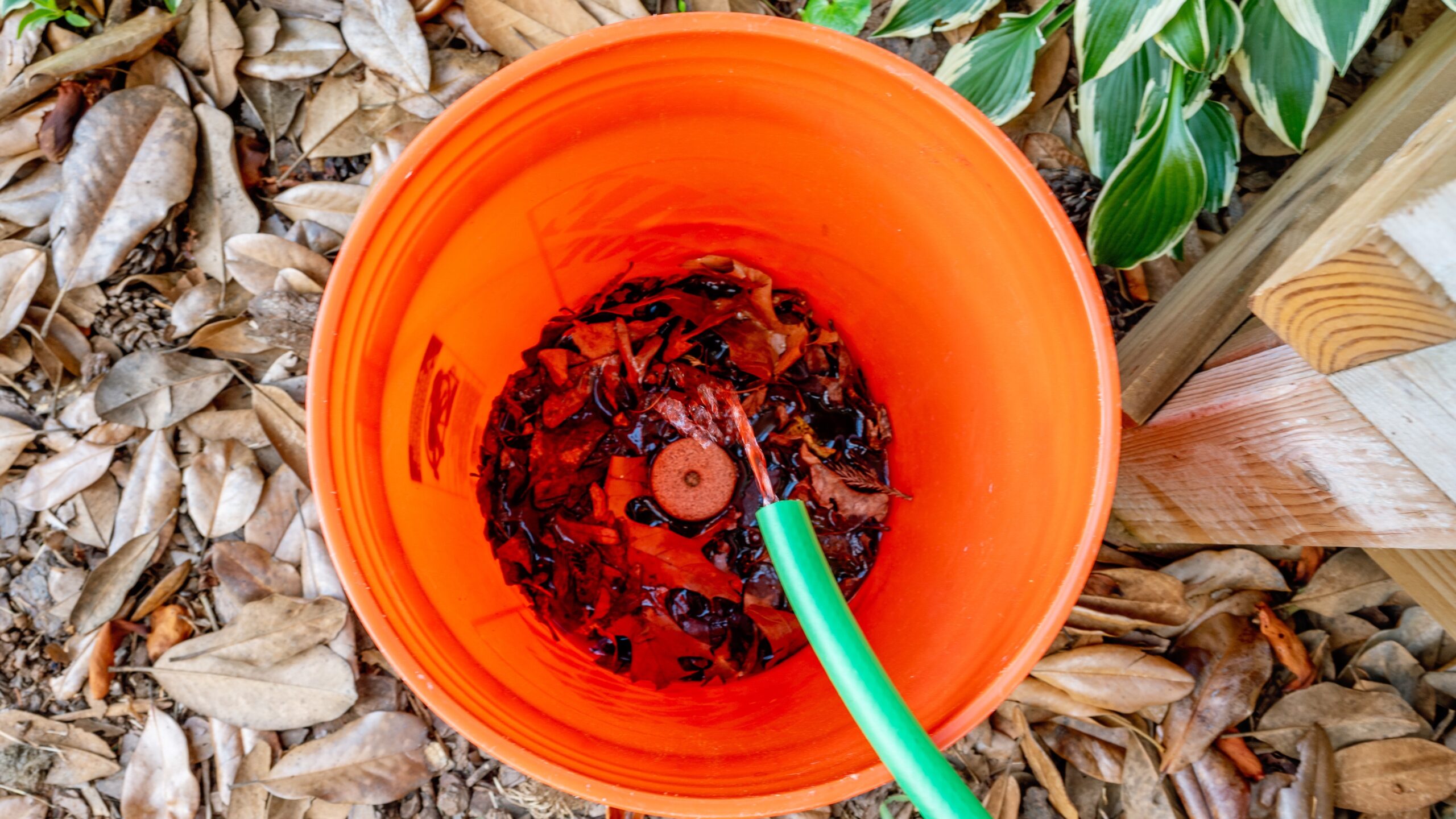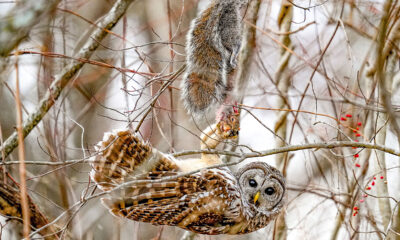Technology
How to build a mosquito killing bucket

Mosquitoes threaten our comfort and health, as they can transmit diseases such as malaria, Zika, West Nile virus and heartworm. Not to mention the irritation of a constant itch.
While traditional mosquito control methods often use insecticides that can harm beneficial insects and the environment, using mosquito larvae traps is an effective alternative. These traps target mosquitoes in their larval stages, reducing dependence on harmful chemicals. Fortunately, setting up a mosquito larvae trap at home is a simple and efficient way to reduce the mosquito population in your garden.
Why focus on the larval stage?
Controlling mosquitoes in the larval stage is more effective and environmentally friendly than spraying adult mosquitoes. When adult mosquitoes are targeted by improper spray applications, the high concentrations of insecticides can cause this kill a wide range of insects, including bees and butterflies. This ecosystem disruption can have cascading effects, as many birds and small mammals depend on these insects for food. By focusing on the larval stage we can control mosquito populations without broader ecological consequences.
What is BTi?
BTi, or Bacillus thuringiensis israelensis, is a naturally occurring bacterium used in mosquito control products known as Mosquitoes dunk. These dunks are donut-shaped briquettes that float on the surface of standing water where mosquitoes breed. When placed in water, the dunks release BTi spores ingested by mosquito larvae. The BTi bacteria produce toxins that specifically target the larvae’s intestines, disrupting their digestive processes and ultimately causing death. This method effectively reduces mosquito populations without harming other wildlife, pets or people.
BTi specifically targets and creates mosquito and black fly larvae safe for use around fish, birds and other non-target organisms. Mosquito Dunks provide a long-lasting solution, as each dunk can be effective for up to 30 days in standing water, making them a popular choice for mosquito control in homes and businesses.
How to make a mosquito larvae trap?
Building a mosquito killer is an easy way to control mosquito populations. Here is a step-by-step guide to making a mosquito trap:
Materials
- Holder: A five gallon bucket or a container of similar size
- Water: Preferably from a rain barrel to avoid chlorinated water
- Organic material: straw, hayor even grass clippings to attract mosquitoes
- Mosquito dunk: Contains Bacillus thuringiensis israelensis (Bt-i), a bacterium that is only harmful to mosquito larvae
Directions
- Prepare the container
Place the bucket in a sunny spot to keep it warm, which will speed up the fermentation process. - Add organic material
Add a handful of organic matter, such as leaves, grass clippings or hay, to the bucket. This organic material begins to ferment and produces an odor that attracts female mosquitoes. - Add water
Fill the bucket with water. If you use tap water, let it sit for 24 to 48 hours to allow the chlorine to evaporate, or use rainwater. - Let it ferment
Let the mixture sit for a few days until it begins to ferment, creating an irresistible breeding ground for mosquitoes. - Add Mosquito Dunk
Once the mosquitoes have laid their eggs in the water, add a Mosquito Dunk to the mixture. The Bt-i in the dunk kills the mosquito larvae, but leaves other insects unharmed. - Place in a shady spot
The bucket should be placed in a shady place or in a place where mosquitoes are regularly bothered. - Maintenance
Check the siphon regularly and add fresh water if necessary to maintain the level. Replace the dunk every 30 days or as recommended by the manufacturer.
Optional improvements
- Covering: To prevent pets or wild animals from drinking from the mosquito killing bucket, cover it with chicken wire or similar mesh.
- Camouflage: If the appearance of the bucket is an issue, consider using a decorative cover or placing it discreetly under shrubs.

Environmental impact and safety
Using mosquito larvae traps as described greatly reduces the need for extensive chemical spraying. These traps are considered safe for areas frequented by children and pets, although it is recommended that they be covered to prevent accidental water ingestion or drowning.
Mosquito larvae traps provide a targeted, environmentally friendly alternative to conventional mosquito control methods. These traps focus on the larvae stage and effectively reduce mosquito populations without the negative effects of chemical insecticides.













